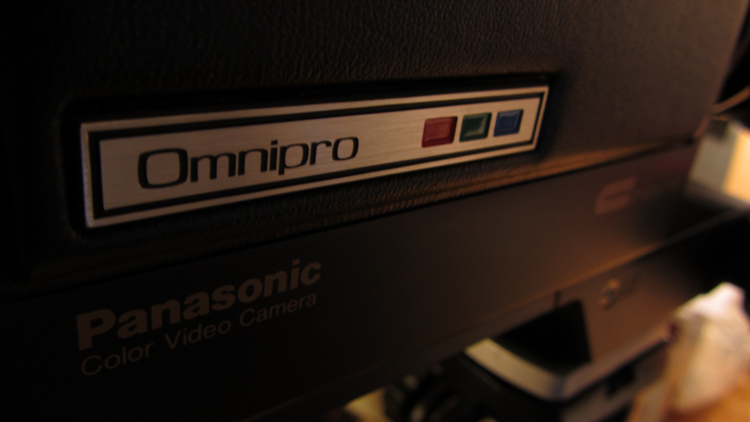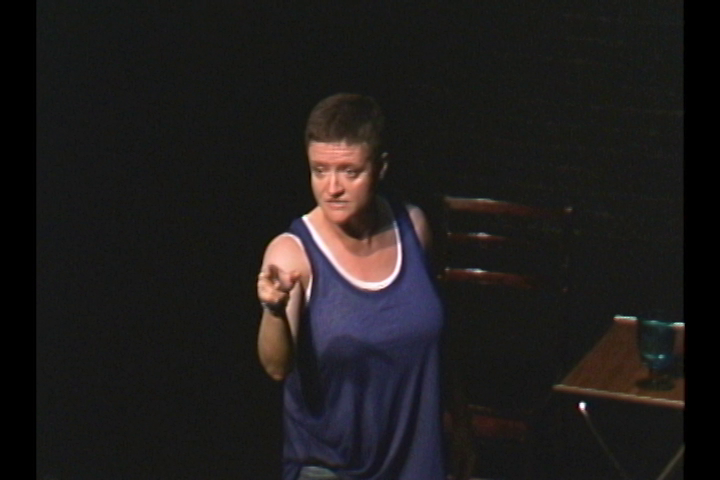BSV 1172 Submitted to TIFF + Marilla Wex’s Lost and Found

Juggling a day gig, freelance writing, and a media website means sometimes festival submissions happen right at the deadline, which was the case with getting BSV 1172 just in time for TIFF 2015.
Admittedly at this stage the chances of getting into TIFF is perhaps a few hairs below being struck by lightning, but the choice was either gamble now with something that’s conceptually and technically unique, or hold off on further festival submissions for about a year, given TIFF prefers national and international premieres.
There’s still some work to be done in the audio mix and some visual tweaking, but it’s close to done. That said, I’m holding back on posting any production stills since they reveal some of the methods used to create the film’ crackhead visuals, like the Main Title sequence.
With BSV 1172 submitted before the midnight May 29th deadline, the week after I switched to editing a taping of Marilla Wex’s Lost and Found monologue, filmed at last year’s Toronto Fringe Festival. Wex’s monologue was deservedly praised by reviewers, and the taping is partly an experiment to see what a contemporary performance looks like through the lens of a roughly 30 year old tube camera – a JVC BY-110U, which uses three Saticon tubes.

At this stage, I’ve a fine cut of the piece, edited from two taped performances, and when it’s fully done (the end-date is early next week), I’ll post further stills which will precede a series of blogs on the pros and cons of shooting with very vintage analogue video gear.
The performances were taped onto miniDV, transferred to an iMac, and edited in Final Cut Pro 7, but there’s still a learning curve involved in getting the best from analogue footage that has its share of video noise, grain, and focus issues when the light is too low for the camera’s sensors, and the camera position is fixed to the far side of the auditorium.
What worked, what I learned, and what tricks were used will be detailed in the blogs, and there will be video excerpts illustrating before / after footage, the camera’s lens quirks, and comparing how FCP treats the footage with ProRes versus Adobe Premiere Pro.
Also covered will be the Main Title sequence and some other aspects of the final edit that are unique. What the finished product won’t be is a glitch project with trippy visuals – this is a test on not only how a vintage ENG camera holds up, but how to preserve the uniqueness of its design. I’m not scrubbing away grain, won’t be applying a series of elaborate colour corrections, nor plan to up-res the footage to 1080p nor matte the footage to 1.85:1.
The concept is a work that resembles a recording from the camera’s era: 1.33:1 framed within 720×480, with colour tones and saturations native to the gear. My only exception will be creating a surround sound mix, because I want the viewer to fee as though they’re in the audience – not being assaulted by stuff, but hearing the subtleties an audience member would hear.
If the experiment works (with some lessons learned), then it’s something that can be replicated with another performance, drawing from a variety of vintage video cameras.

Getting back to BSV 1172, the next goal is to get it further refined for Toronto After Dark, and make the June 26 deadline. As I’ll have to emphasize in the P.R. material, the film isn’t a nostalgia piece with talking heads, but a crackhead mash-up of analogue and digital worlds featuring the daily routines inside a video store, and a sound mix designed to upset the tummy.
Back again end of June,
Mark R. Hasan, Editor
Big Head Amusements
